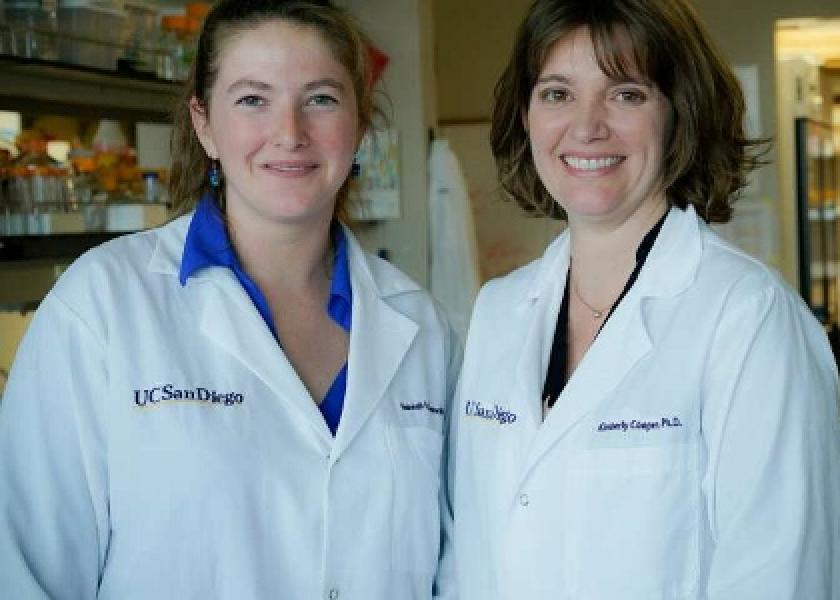CRISPR Chickens and Other Gene-Editing News

Gene editing technology offers potential for dramatically accelerating genetic improvement in livestock. While more research is needed, these technologies eventually could allow introduction of novel traits such as resistance to specific diseases in cattle.
Gene editing alters an organism’s genome by substituting genes from within that species, in contrast with genetic engineering, using genetic material from other species.
Researchers at the University of California - San Diego (UCSD) recently reported a study using the CRISPR/Cas9-based approach to control genetic inheritance in mice.
The authors say highly efficient “gene drive” systems have recently been developed in insects, which leverage the sequence-targeted DNA cleavage activity of CRISPR–Cas9 and endogenous homology-directed repair mechanisms to convert heterozygous genotypes to homozygosity. Their work is the first to use this “active genetics” approach for applying CRISPR technology in mammals.
In a UCSD article posted on Phys.org, the researchers note that creating such tools in mammals (mice in this case) is more challenging and time consuming than for insects.
UCSD Assistant Professor Kimberly Cooper, PhD, along with graduate student Hannah Grunwald and Assistant Researcher Valentino Gantz published their work, titled Super-Mendelian inheritance mediated by CRISPR–Cas9 in the female mouse germline, in the journal Nature.
"Our motivation was to develop this as a tool for laboratory researchers to control the inheritance of multiple genes in mice," says Cooper in a UCSD release. "With further development we think it will be possible to make animal models of complex human genetic diseases, like arthritis and cancer, that are not currently possible."
In related news, researchers in the UK hope to hatch chicks this spring with genetic resistance to influenza, resulting from gene editing using the CRISPR technique.
“If we could prevent influenza virus crossing from wild birds into chickens, we would stop the next pandemic at source,” says Wendy Barclay, PhD, a professor of virology at Imperial College London in a recent Reuters article. Barclay and her group have teamed with the Roslin Institute at the University of Edinburgh in Scotland, known for its 1996 unveiling of “Dolly the sheep”, the world’s first cloned animal.
In earlier research, Barclay’s team found a gene present in chickens called ANP32, which encodes a protein flu viruses need to infect a host. Laboratory tests of the gene-edited cells indicate resistance to the influenza virus.
For more on CRISPR and gene editing, see these articles on BovineVetOnline:
Gene Editing: Potential and Perceptions
USDA Clarifies Gene Editing Oversight
Gene-edited pigs protected from PRRS







